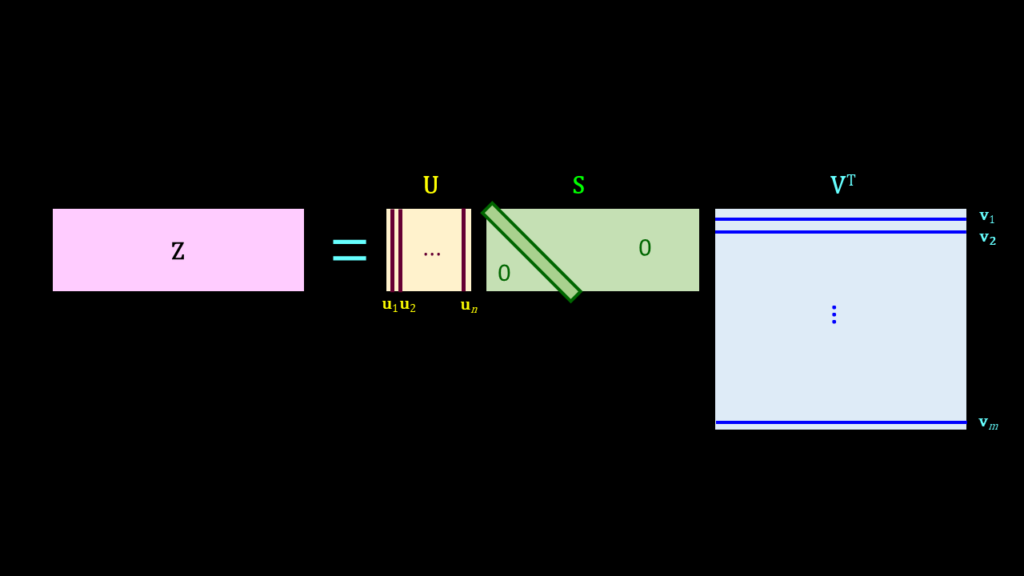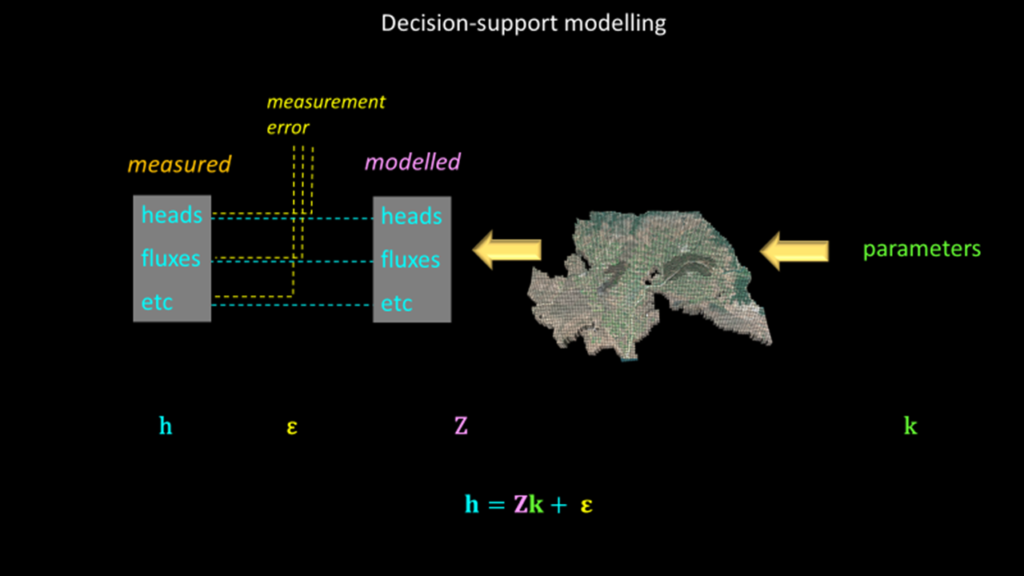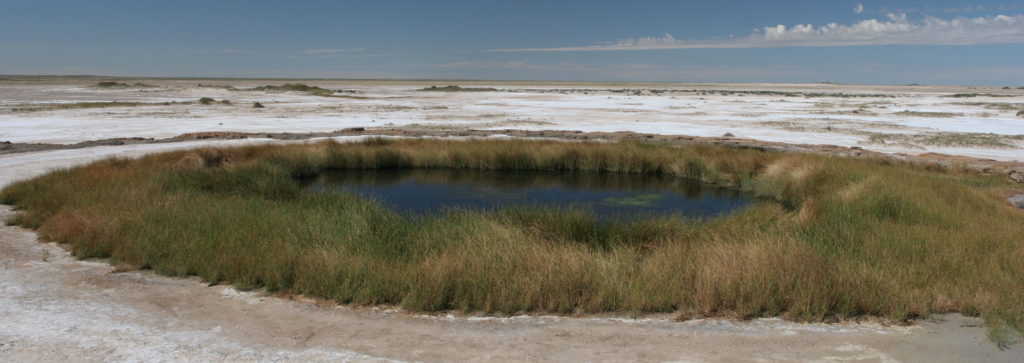Highly-parameterised inversion
This is the second of a three-part series recorded by John Doherty. The first video is recalling what you once knew. The second video will be focussed on highly-parameterised inversion and the third video will be on uncertainty analysis. These videos will give you a good understanding of the mathematical concepts that underpin model calibration […]
Highly-parameterised inversion Read More »









